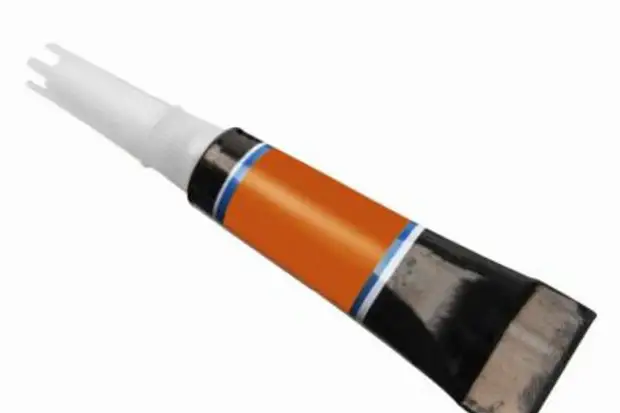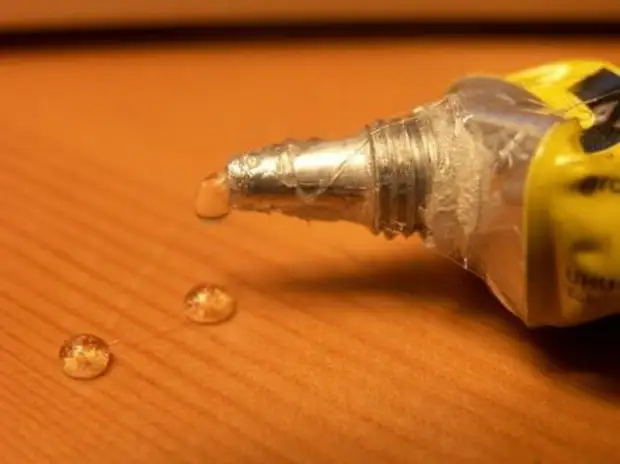
Superflies are a wonderful thing, without which we just sometimes do not do in everyday life - he can glue the majority of a wide variety of materials, and very quickly, almost instantly. This is its quality and is the most valuable as possible, as it allows it to be used for instant repairs, where other types of glue are simply not suitable. Also, the superchalter is characterized by high adhesion, which allows gluing completely smooth surfaces. Superchalters are used to glue ceramics, plastic, glass, wood, and so on.
The basis of any superclay is cyanacrylate - a complex chemical with sufficiently specific properties. In addition, this substance is excellent glue, it is also very annoying the mucous membranes of the eyes and the respiratory tract, but at the same time it is completely safe for skin cover, and does not cause irritation. This quality made it possible to use particularly pure cyanacrylate for medical purposes, for the pricking of the Russian Academy of Sciences during operations.
Many who used the superclaim know that, hit, for example, on the fingers, superclones very much gluits them. Especially if the fingers are wet. This happens, because water is a superclosure frost catalyst. However, many know the fact that remove superciles from different surfaces, if he accidentally got sometimes very simple, because it freezes it almost instant. How to remove superciles from different surfaces? Let's try to figure it out.
➤ First way to remove super-block stains with acetone, or with a means for removing manicure varnish. To do this, it is necessary to abundantly moisten the tampon acetone and thoroughly process the spot. You can finally remove the spot in about an hour with a brush and cloth. However, this method is not suitable for all surfaces, since acetone can easily spoil surfaces from plastic, as well as painted paints and varnishes that are sensitive to acetone.
Then it is better to apply other ways.
➤ To remove the superclaud from hand, skin and clothing, soap and warm water are best suitable, as well as various detergents and abrasive tools, such as Pumice.
➤ Another fairly effective method of removing the superclone is "Dimeksid" - a medical preparation that can be bought in any pharmacy. It is necessary to apply the drug on the tampon and wipe pollution before eliminating it. This option is one of the best, since it does not spoil the surface.
➤ In addition, it is possible to use another superclosure removal method, if we are talking about clothes or stains. You can try the fabric iron or post on the frost. After exposure to superciles of low or high temperatures, its structure is broken, it becomes fragile, and it is much easier to remove it with a mechanical method using pumice, brushes, and abrasive tools.

A source
